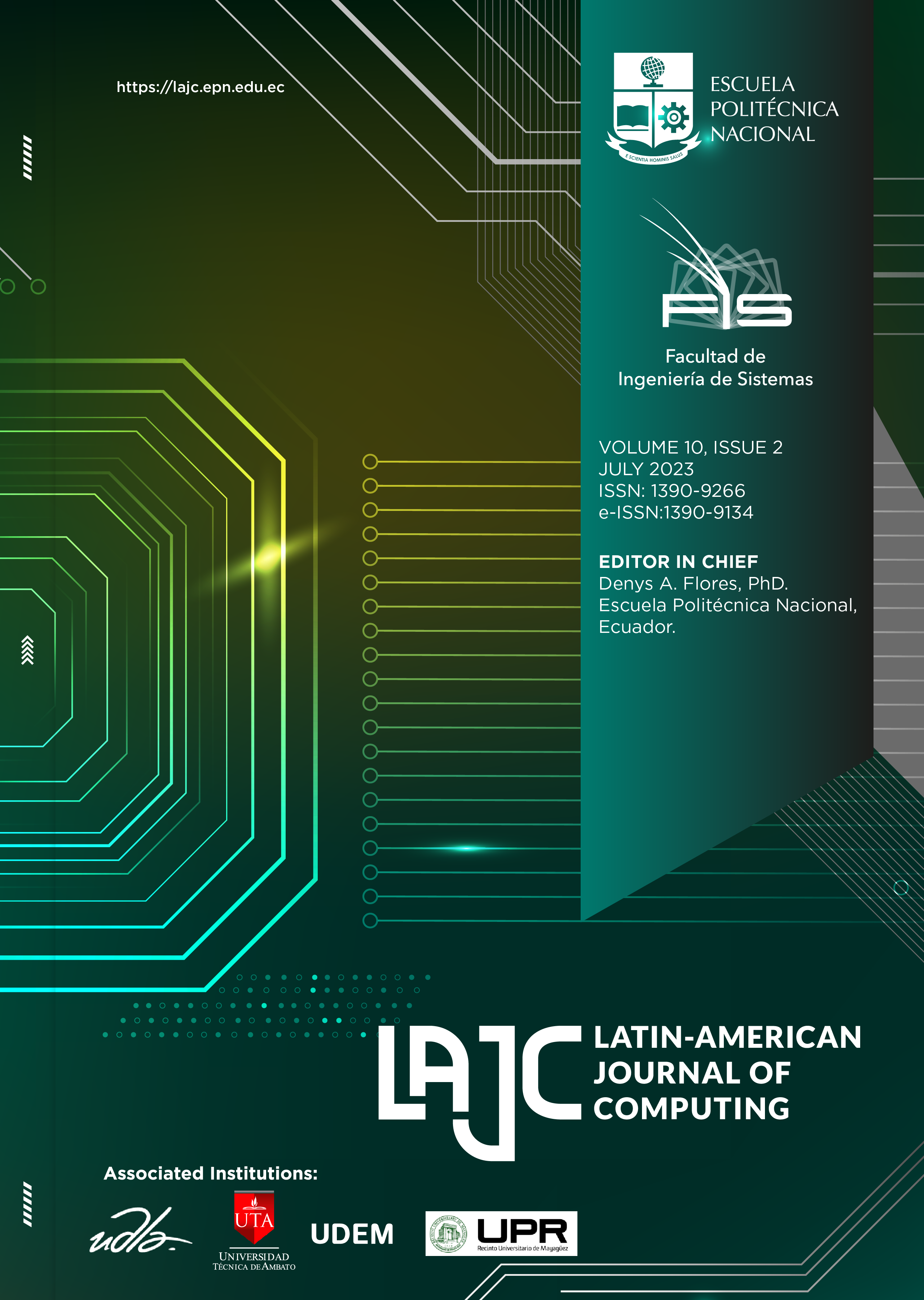Identification of Nano-Beams Rigidity Coefficient: A Numerical Analysis Using the Landweber Method
Keywords:
micro/nano-beams, inverse problem, fractal media, Landweber's methodAbstract
Due to their supporting function, beams are one of the main elements in structural projects. With the intense technological development in the field of nanotechnology, beams at micro- and nanoscales have become objects of intense study and research interest, see for example [8]. In this approach, we analyze numerically the inverse problem of identifying the stiffness coefficient in micro-nano-beams as a function that implicitly depends on the fractal media map for the continuum from strain measurements. Such a problem is unstable with respect to noise in strain measurements, which is inherent in practical problems. We introduce the equations that compose Landweber's iterative regularization method as a strategy to obtain a stable and convergent approximate solution with respect to the noise level in the measurements. We show some scenarios with simulated data for identifying the stiffness coefficient for different noise levels in measurements and for different coefficient of transformation of fractal medium. The results found numerically show that Landweber's method is a regularization strategy for the problem of identifying the stiffness coefficient in micro/nano-beams.
Downloads
Published
Issue
Section
License
Copyright Notice
Authors who publish this journal agree to the following terms:
- Authors retain copyright and grant the journal right of first publication with the work simultaneously licensed under a Creative Commons Attribution-Non-Commercial-Share-Alike 4.0 International 4.0 that allows others to share the work with an acknowledgement of the work's authorship and initial publication in this journal.
- Authors are able to enter into separate, additional contractual arrangements for the non-exclusive distribution of the journal's published version of the work (e.g., post it to an institutional repository or publish it in a book), with an acknowledgement of its initial publication in this journal.
- Authors are permitted and encouraged to post their work online (e.g., in institutional repositories or on their website) prior to and during the submission process, as it can lead to productive exchanges, as well as earlier and greater citation of published work.
Disclaimer
LAJC in no event shall be liable for any direct, indirect, incidental, punitive, or consequential copyright infringement claims related to articles that have been submitted for evaluation, or published in any issue of this journal. Find out more in our Disclaimer Notice.










